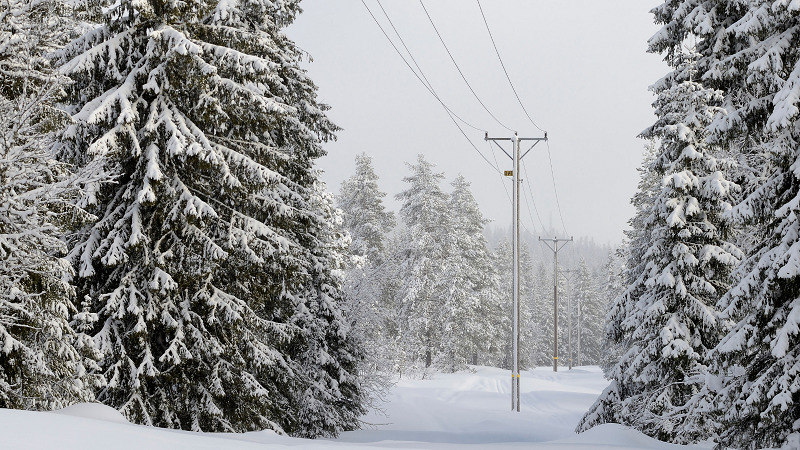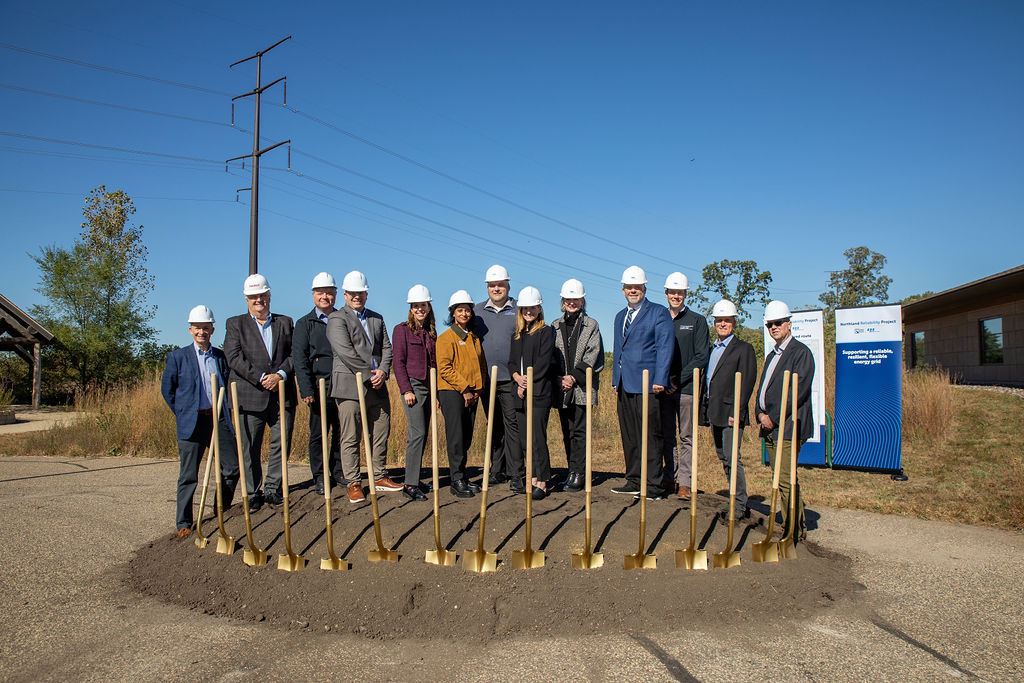Just as you take precautionary measures to prepare for the winter season, so too do utilities and the organizations that manage, monitor and regulate the electric system.
Grid stakeholders work together year-round to ensure electric service is reliable by conducting various assessments ahead of each season to project the energy needs of homes and businesses. This process provides especially important information for summers, when temperatures can soar, as well as each winter when they can fall dangerously low.
The results of these assessments, which consider probable and worst-case scenarios, help guide utilities like Great River Energy when managing their electric systems during extreme weather and elevated demand for electricity.

Assessments conducted by the North American Electric Reliability Corporation (NERC) and Midcontinent Independent System Operator (MISO) for this upcoming winter found that the grid has a sufficient supply of capacity resources to meet consumer demand under peak conditions.
However, NERC’s assessment highlights risks presented in specific regions — including portions of MISO’s southern territory — in the case of extreme, prolonged cold weather.
MISO acknowledges one of winter’s key challenges is the potential for “high risk, low probability” events, such as unusually cold weather, intense storms and/or fuel supply issues that could impact available power and create challenges.
“Operating the power system is extremely complex and adverse weather conditions can test the resiliency of the electric grid,” said Jessica Lucas, executive director of system operations at MISO. “We have a responsibility to ensure 42 million customers have reliable power, which is why we work collaboratively with our partner utilities as we head into winter.”
The NERC assessment mentions that MISO has implemented actions to provide situational awareness and early coordination for reducing risks from extreme winter weather since 2021. It also indicates that an upcoming change to the way MISO plans for energy resources — which will consider the unique needs of each season — will better align winter resource capacity with peak winter load needs.
“The system is evolving and will continue to evolve toward a more complex, less predictable future for the region,” said Anna Foglesong, director of strategy and policy coordination at MISO. “We continue to work with our stakeholders to address our reliability imperative and focus on the changes needed in planning, markets, operations and systems as the system continues to evolve.”
For its part in maintaining reliability, Great River Energy has access to a diverse portfolio of power supply resources, including peaking resources with dual fuel capability, which means they can operate on fuel oil when natural gas supply is constrained. This fuel flexibility is an important characteristic for system reliability and as a hedge against market and natural gas prices. The cooperative also focuses on the weatherization of these plants to support resilient and reliable operation during extreme weather events.
“Combined, these resources will provide our membership with the security of knowing they have the reliability needed to get them through the coldest nights this winter. We are also adding another 300 megawatts of wind before January that will further diversify Great River Energy’s power supply portfolio and help provide a hedge in MISO’s daily markets.”
Jon Brekke, vice president and chief power supply officer at Great River Energy
Great River Energy, in partnership with its member-owner cooperatives, also has the largest demand response program for a utility of its size in the country according to data collected by the Energy Information Administration. This means Great River Energy system operators can dispatch up to 370,000-plus appliances enrolled in demand response programs when needed to manage reliability.
In addition to reducing sometimes hundreds of megawatts of electricity demand, this strategy helps Great River Energy avoid making purchases from the energy market during the periods of high pricing that often coincide with high demand and unusual weather events, which saves members money.

 " data-object-fit="cover">
" data-object-fit="cover">